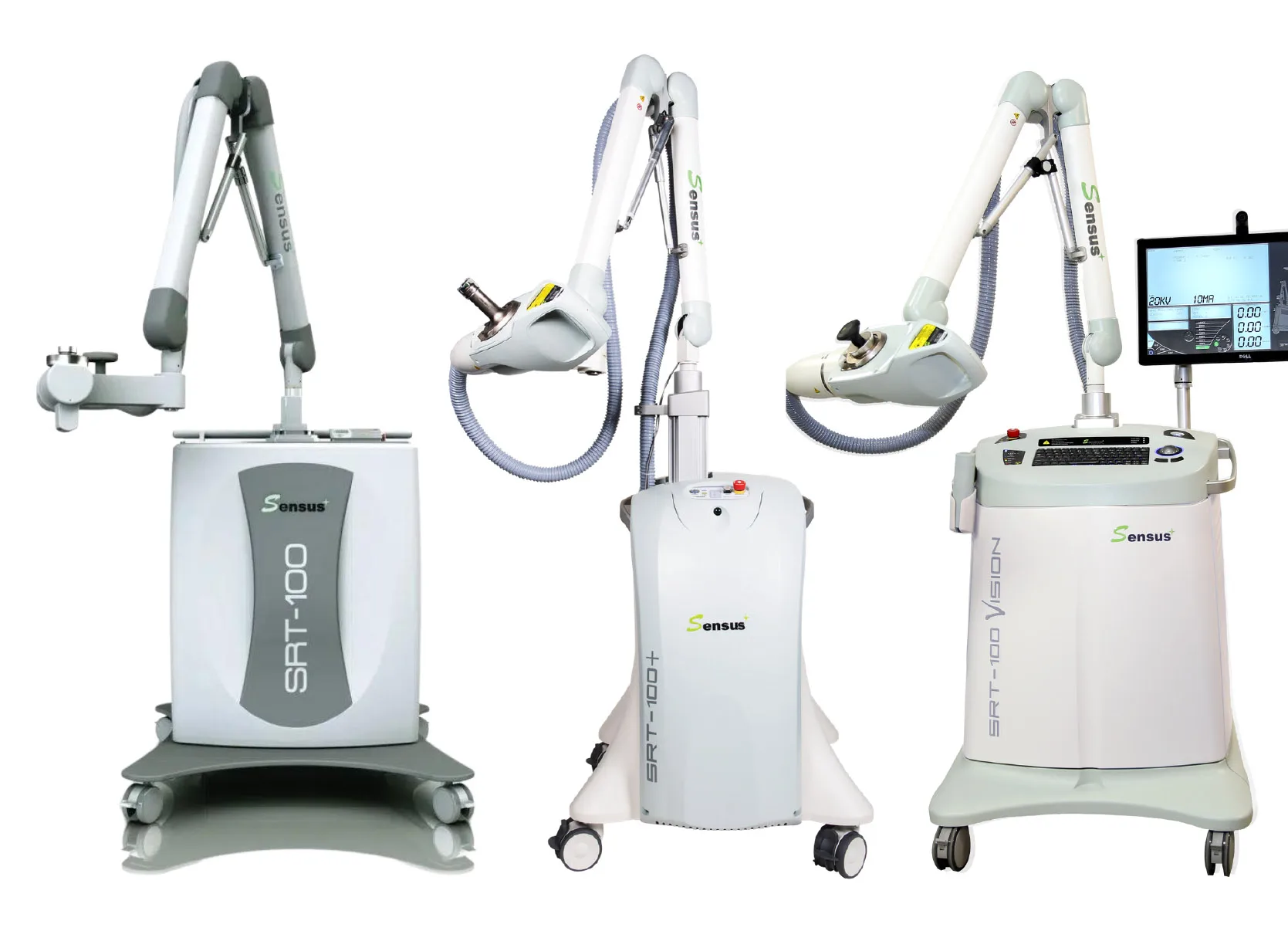Keloids are a type of abnormal scar that appears as a raised, thickened area of skin. They form when the body produces too much collagen while healing from an injury or incision. While keloids are not harmful, they can be unsightly and even uncomfortable. They can also cause emotional distress for those who have them, as they can be difficult to hide and may attract unwanted attention.
In the past, treating keloids was notoriously difficult. Traditional treatment options have included corticosteroid injections, cryotherapy and even surgery. However, these methods can be invasive, painful and often ineffective.
Introducing Superficial Radiotherapy
Fortunately, there is a newer, less invasive option available for treating keloids: superficial radiotherapy (SRT). SRT is a non-invasive treatment that involves delivering low-dose radiation directly to the site of the keloid. The radiation works by reducing the excess collagen that causes the keloid to form, helping to flatten and shrink the scar.
One of the biggest advantages of SRT is that it is a very targeted treatment. The radiation is delivered only to the area of the keloid, meaning the surrounding tissue is unaffected. This makes the treatment much safer than other options, which can damage healthy tissue and lead to further scarring.
Why Patients are Choosing SRT
SRT is also a very quick and easy treatment. Each session typically takes only a few minutes, and most patients will require between two and five sessions in total. There is also no downtime required after treatment, meaning patients can return to their normal daily activities immediately.
Overall, SRT is a safe, effective and non-invasive option for treating keloids. If you are struggling with keloids and are looking for a way to reduce their appearance, talk to your doctor about whether superficial radiotherapy may be right for you. With this innovative treatment, you can finally get the relief you need and feel confident in your skin once again.


